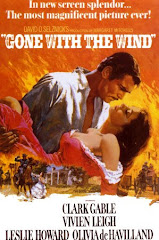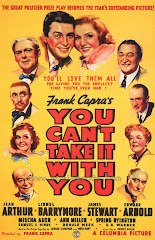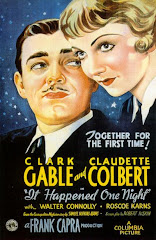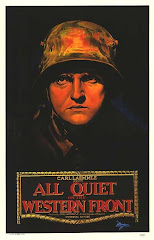Director: Vincente Minnelli
Cast: Gene Kelly, Leslie Caron, Oscar Levant, Nina Foch
Genre: Musical/Romance
Other Nominees: Decision Before Dawn, A Place in the Sun, Quo Vadis?, A Streetcar Named Desire
Genre: Musical/Romance
Other Nominees: Decision Before Dawn, A Place in the Sun, Quo Vadis?, A Streetcar Named Desire
To begin with, I have to be bluntly honest and say that I found it very difficult to get through to An American in Paris. I think we can put this down to the fact that I list very few musicals among my favorite films. My childhood did have its musical movie moments with the likes of Oliver!, Chitty Chitty Bang Bang, and Mary Poppins but even my love for those once cherished films has diminished over the years. I think it is fair to say that musicals and me just do not mix well.
That being said, when I set out to watch all Best Picture Oscar winning movies I knew that there would be some that I would struggle through. I made a promise that when those films came along I would go beyond my dislike for the film and try to see just what about the film made it the Academy’s choice for Best Picture of that year. So here, with An American in Paris, I am choosing not to focus on why this film did not have a lasting impact on me and instead focus on the positives and wonder why it did impress, and why it continues to be loved by so many others. What is so special about An American in Paris?
The first impressive thing about this film is the setting, the city of Paris, or “La Ville-Lumière”, simply shines in this film. If American cinema goers were not infatuated with the city after Casablanca, it makes sense why this city has gone on to be the romantic capital of the world after it’s representation in this film. The movie centers on Jerry Mulligan (Gene Kelly) who remained in Paris after the war as a struggling painter. As he puts it “back home everyone said I didn't have any talent. They might be saying the same thing over here but it sounds better in French.” Even though his career is less than profitable, Jerry makes it clear that the beauty of the city is fulfilling enough for him, and we see this beauty in every single shot of this film. He lives in a one bedroom studio above a café on a picturesque Parisian corner. The cobblestoned streets are bustling with small markets, local vegetable sellers, and quaint cafés. The residents and workers seem to have accepted Jerry as a native to the street, and his coffee fueled days are filled with singing and dancing at the café with his best friend Adam, a struggling pianist. This life is not the miserably poor life of a struggling Parisian artist we have seen in other films (The Life of Emile Zola, for example) but rather Jerry’s jovial life is the one that artists fantasize about when they entertain thoughts of Parisian life.
As is likely to happen to any character in a story set in Paris, Jerry falls in love. The romance that blossoms between him and Lise Bouvier (Leslie Caron) is complicated by the fact that Jerry is attempting to fend off a suitor, who happens to finance his work, and further complicated by the fact that Lise is an engaged woman. The drama centers on these complications but plays out in settings that, with the use of exquisitely painted backdrops, show us more of this beautiful city. The two express their love on the banks of the Seine, under the shadow of an arched bridge, with the Notre-Dame looming in the distance. In the many scenes set in cafés, bars, or jazz clubs, we see the Bohemian side which Paris prides itself on. Paris takes center stage in this film, even when we have a solo dance routine the actor or actress is immersed in the beauty of their surroundings. With less than a decade since Casablanca, here we have another film that romanticizes Paris. I could not help but think of Humphrey Bogart’s immortal words, “We’ll always have Paris” when Jerry and Lise speak about the city:
Lise: Maybe Paris has a way of making people forget.
Jerry: Paris? No. Not this city. It's too real and too beautiful to ever let you forget anything.
I can also see the attraction of this film for the many fans of musicals that are out there. A French twist is applied to very American, Gershwin songs such as “Our Love is Here to Stay”, “I Got Rhythm”, and “Nice Work if You Can Get It”. The dance routines were choreographed by Gene Kelly who received an Academy Honorary Award that same year for his “versatility as an actor, singer, director and dancer, and specifically for his brilliant achievements in the art of choreography on film.” And the whole musical extravaganza climaxes with the “An American in Paris ballet”, a whopping 16 minute musical number that takes place in Jerry’s mind as he imagines his life in Paris with Lise. Almost the last twenty minutes of screen time have no dialogue whatsoever. This ballet is the curtain closing number of the movie and is epic in scale.
I could talk about the problems I had with this film but I think it would make for dull reading and may even insult those fans of the film whom I can respect. The fact that it is not one of my favorites does not mean that I cannot acknowledge that there are fans out there and at the very least try to see what the attraction is.
Next Up: The Greatest Show on Earth


















































